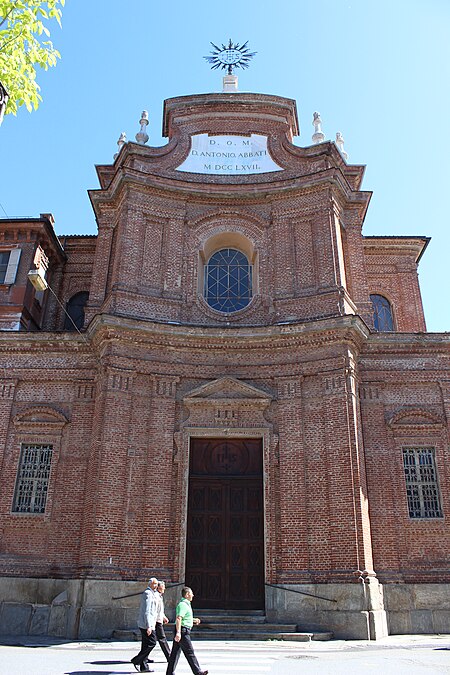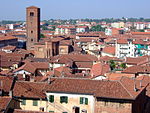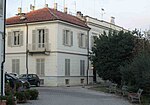Sant'Antonio Abate, Chieri
18th-century Roman Catholic church buildings in ItalyBaroque church buildings in PiedmontFilippo Juvarra buildingsItaly Roman Catholic church stubsRoman Catholic churches completed in 1767 ... and 1 more
Roman Catholic churches in Chieri

Sant’Antonio Abate is a Baroque-style, Roman Catholic church and convent located at Piazza Cavour in the town of Chieri, Province of Turin, region of Piedmont, Italy.
Excerpt from the Wikipedia article Sant'Antonio Abate, Chieri (License: CC BY-SA 3.0, Authors, Images).Sant'Antonio Abate, Chieri
Via Vittorio Emanuele II,
Geographical coordinates (GPS) Address External links Nearby Places Show on map
Geographical coordinates (GPS)
| Latitude | Longitude |
|---|---|
| N 45.013888888889 ° | E 7.8233333333333 ° |
Address
Chiesa di Sant'Antonio
Via Vittorio Emanuele II 35
10023
Piedmont, Italy
Open on Google Maps










